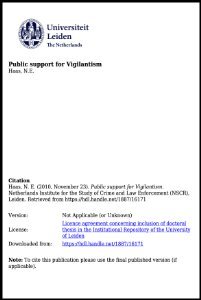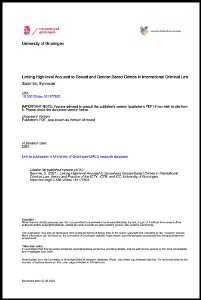By Alexandra Cox
There are stark racial and ethnic disparities which exist at all levels of the English and Welsh criminal justice systems (Lammy, 2017, Sveinsson, 2012, Chada, 2020). These disparities exist at the front end of the system in terms of the racially and ethnically disproportionate impact of stop and search; the racialised placement of individuals on police databases such as the Metropolitan Police’s Gangs Matrix; decision-making by magistrates and judges; and the barriers that people of colour face in accessing the legal profession, and, in particular, the judiciary (Williams and Clarke, 2016, Fatsis, 2019, Densley and Pyrooz, 2019, Centre for Justice Innovation, 2017, Gibbs and Kirby, 2014, The Law Society, 2020b).1 Defence practitioners can offer vital insights about criminal justice system practices as they are court ‘insiders’, with unprecedented access to legal procedures, negotiations, and practices, as well as access to legal cultures and cultural codes which are inherently racialised. They also have valuable knowledge about their clients’ lives and experiences in the system. However, this knowledge is rarely harnessed, despite the ways that it can be brought to bear in support of better outcomes for clients. Frontline legal practitioners also offer perspectives on the legitimacy of the justice system, both as individuals who have their own experiences of injustice, but also through an understanding of their clients’ experiences. There has been very little research on defence practitioners’ perceptions of the fairness of the criminal justice system landscape in England and Wales. Much of the research on defence practitioners has focused on the relationships that are established between practitioners and their clients and the role of trust in those relationships, and has been almost exclusively conducted in the United States (Flemming, 1986, Boccaccini et al., 2004, Sandys and Pruss, 2017, Campbell et al., 2015, Clair, 2020). There is anecdotal evidence to suggest that the experiences of lawyers of colour in the justice system in England and Wales are shaped by the dynamics of race, class and gender (Wilson, 2020, Johnson, 2020), and that their perspectives provide valuable insights into the working practices of the courts, but there is very little research evidence about these perspectives.
London: Howard League for Penal Reform, 2023. 11p.







